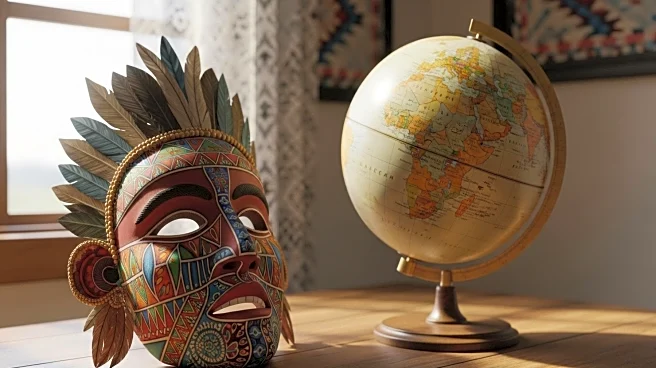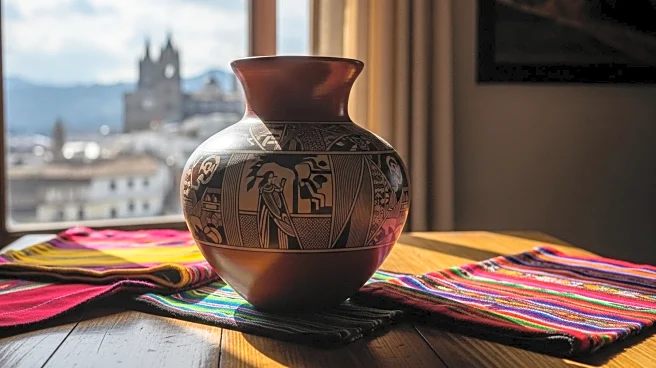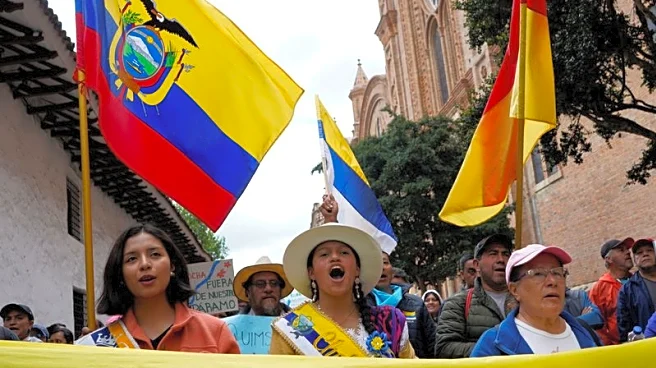Quito, the capital city of Ecuador, has a rich history that dates back to its founding in 1534. As the oldest capital in South America, Quito's creation and evolution have been shaped by its strategic location, cultural heritage, and historical significance. From its early days as a Spanish colonial city to its role as a modern capital, Quito's story is one of resilience and transformation.
Founding or Discovery
Quito was founded on December 6, 1534, by Spanish conquistadors led by Sebastián de Benalcázar. The city was established on the ruins of an Inca city, marking the beginning of its colonial history. As the capital of the Real Audiencia of Quito, it became an important administrative center for the Spanish Empire in South America.
Key Contributors
The founding of Quito was made possible by the efforts of Spanish explorers and settlers who recognized the strategic importance of the location. Sebastián de Benalcázar played a crucial role in the city's establishment, leading the expedition that founded Quito. The city's development was further influenced by indigenous peoples who contributed to its cultural and architectural heritage.
Design or Method
Quito's design reflects its colonial origins, with a well-preserved historic center that showcases a blend of Spanish and indigenous architectural styles. The city's layout follows a grid pattern, typical of Spanish colonial cities, with narrow streets and plazas. Quito's historic center is home to numerous churches, monasteries, and colonial-era buildings, highlighting its rich architectural heritage.
Early Reception
In its early years, Quito was a small colonial city with a population of around 10,000 inhabitants. Despite its size, the city played a significant role in the Spanish Empire's administration of South America. Quito's strategic location made it a key center for trade and governance, contributing to its early growth and development.
 Discover Daily • 8 min read
Discover Daily • 8 min read 












